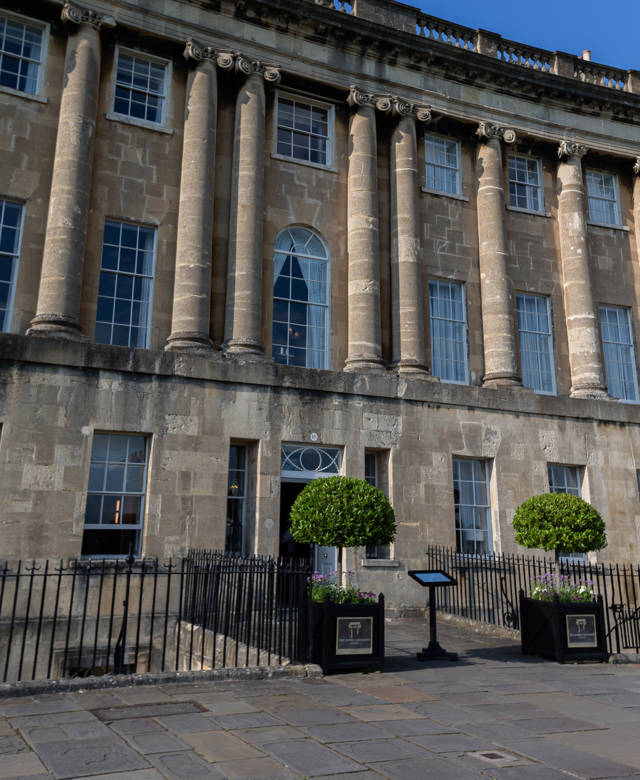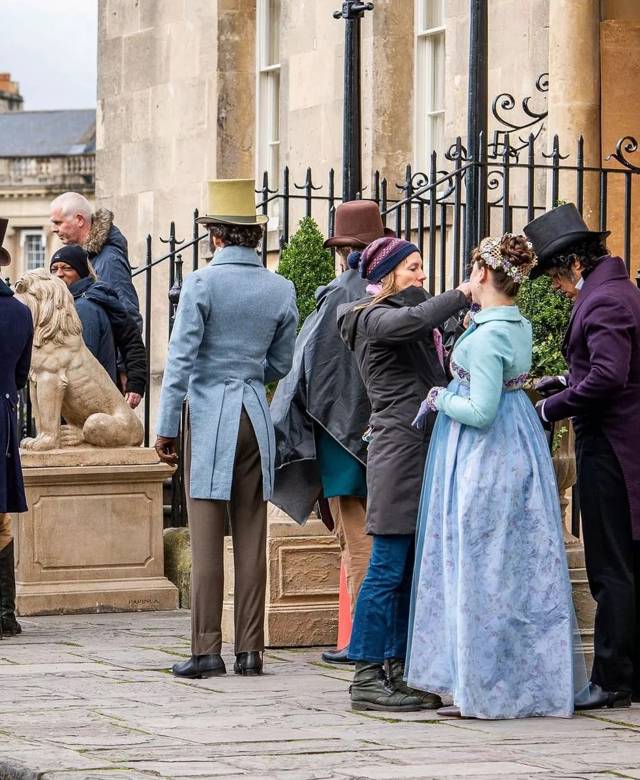1775: A landmark year
History and Heritage
Our beautiful Georgian building has been the landmark in Bath ever since it was first constructed in 1775. With its characteristic curved architecture and outstanding views over the River Avon, it’s little wonder that the Royal Crescent has been declared a UNESCO World Heritage Site.

History
Peerless for 250 years
The Royal Crescent was designed by English architect John Wood the Younger and constructed in the Palladian style, incorporating 30 terraced houses laid out in a sweeping crescent shape. This famed terrace is one of the greatest examples of Georgian architecture in the UK – and our magnificent hotel sits at its very centre.

The Hotel
The natural choice
The Royal Crescent hasn’t always been a hotel. Indeed, it only embarked on this illustrious chapter in 1950, when a guesthouse was established at No. 16. Soon, No. 15 was added to the property and its new era as a hotel began. In 1978, the hotel’s interiors were restored to their former glory and soon after, the grounds were expanded and adjoining buildings incorporated.

Fast Facts
The Royal Crescent at a glance
The Royal Crescent is 538 feet long and 50 feet high. During the Second World War, the lawn was used to grow cabbages, and in 1945 there were plans to turn it into council offices. The crescent has been the backdrop to numerous films and TV shows, including the 2007 adaptation of Jane Austen’s Persuasion and 2008 historical drama The Duchess, starring Keira Knightley, and most recently in the smash hit regency romance Bridgerton.




